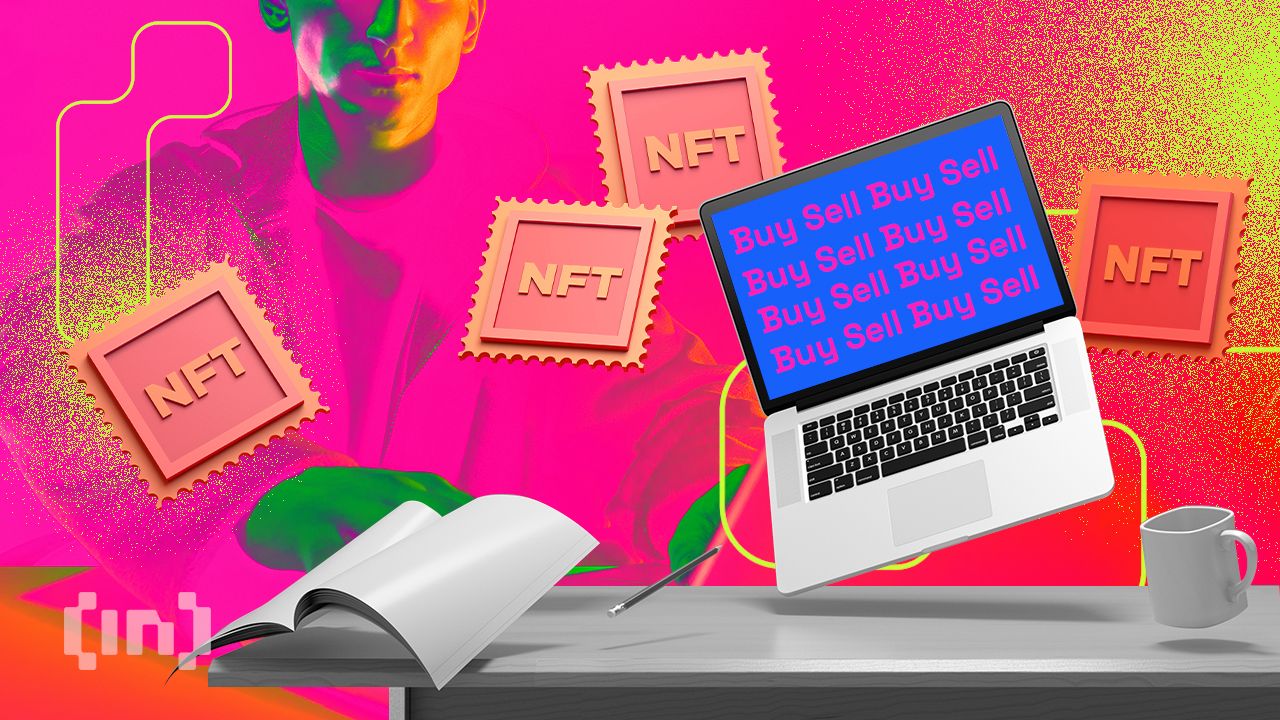Crypto Metaverse Connection

People can debate all they want about the Metaverse, whether it is one virtual world or multiple worlds, whether it has value in itself or is destined to destroy us. They can have all the opinions they want about cryptocurrency too, whether it’s a terrible investment or an incredible opportunity, it’s the future, or it’s just a fad. Regardless of how our culture feels about either product (because virtual or not, they’re still products), both are creeping into our lives (albeit more slowly than advocates had hoped), and it’s highly likely that one or both will see widespread adoption.
Currently, crypto is a reality, although it is only considered legal tender in two countries, and most consider it to be an investment rather than a form of currency. On the other hand, when it comes to both its definition and the companies that build it, the Metaverse is technically still a vision. There are platforms – Dectraland, Sandbox, Roblox – that offer elements, but a single virtual world where people live, work and play parallel to the physical world is still a long way off.
While some experts believe that the Metaverse will need crypto to survive, what seems more plausible, at least in today’s reality, is that crypto will have to wait for the Metaverse to thrive as a currency.
This may change. Players and advocates in the crypto space have high hopes for its increasing value, both in the physical and virtual worlds. given, 76% of financial institutions say they expect to use crypto in the next three years given that it has the appropriate regulatory framework. Putting it in place is a daunting task, but one necessary for mainstream adoption.
Here is the current situation:
While these statistics make it clear that crypto and the Metaverse have a mutually beneficial relationship, they are not dependent on each other. Consider that consumers shopping in the current development elements of the Metaverse can use a regular credit card to purchase any virtual product. In the physical world, but at least right now, they can’t use crypto to buy all physical products.
Metaverse is ground zero for crypto, that’s where people are going to get comfortable using it. As more people begin to explore the Metaverse, they will naturally want to use their chosen currency in each virtual environment, similar to choosing to convert their home currency to a foreign currency when visiting another country, although it is just as easy to use a credit card. And when they start putting crypto in their “wallets” and using it to pay for virtual purchases, the chance that it will seep into commerce in the physical world increases.
The biggest roadblock to adoption is the sheer number of cryptocurrencies on the market. Ultimately, this will cause the most friction. Consumers cannot be expected to have hundreds of currencies available, even in a digital wallet, and merchants cannot be expected to accept every currency out there. The perceived benefit of adopting crypto will be lost very quickly if interacting with it becomes too cumbersome. Imagine that each brand has a different currency. So when you shop at the likes of Walmart, Kroger, Whole Foods, Target, etc., shopping becomes a difficult, confusing task. This is not an experience consumers will buy into.
Another problem is that only a handful of cryptocurrencies in the market actually have value. Just because you create something and assign it a value does not give it value. Utility is that which provides some value, and some type of standard must be established. Similar to the way the EU adopted a single currency, the crypto market must weed out currencies with no value – ideally to one – but realistically less than five. But without a governing body, this will not happen quickly.
So, in our current reality, Metaverse is a new communication and trading channel, crypto is an investment for most, a payment method for some. The sophistication and maturity of both is low, while consumer skepticism is high. The continued market volatility of crypto serves as a constant reminder of how many people and how much money was lost in the past year.
This hesitation, along with the troubled economy, has a latency effect that affects consumers’ desire to experiment with one of the two products. If you just look at adoption from a basic human psyche standpoint, consumers are more concerned about inflation and how much they’re paying at the gas pump than buying a fancy virtual Adidas sweatshirt they can only wear in the Metaverse.
Some experts will continue to argue that crypto will never become mainstream, but given the current pace of change in our world, it is clear that something is happening. Think of the many economic forecasts from countries around the world predicting cashless societies by 2030 at the latest – and it is becoming even clearer that we are moving in that direction. After all, cashless essentially means that all currencies will be digital, and crypto is a digital currency.
In the US, widespread crypto adoption will most likely come down to basic consumerism, not if Mark Zuckerberg’s the vision of the Metaverse comes to fruition and the masses immerse themselves in it. As history has repeatedly shown us, when American consumers decide they want something, they will do pretty much anything to get it. So, whether they find a must-have product in the Metaverse or in the physical world that can only be purchased with cryptocurrency, they will not hesitate to convert their hard-earned money into the kind of money needed to own it.
Michael Scholz is vice president for product and customer marketing at tools of the trade.

























